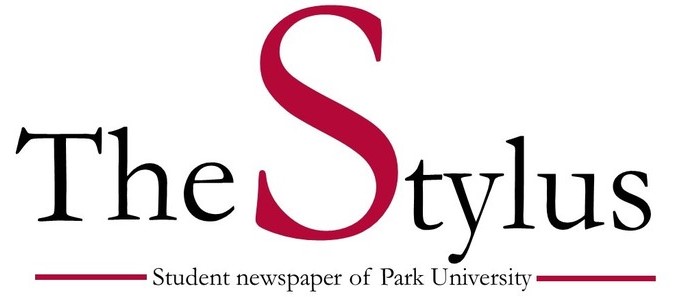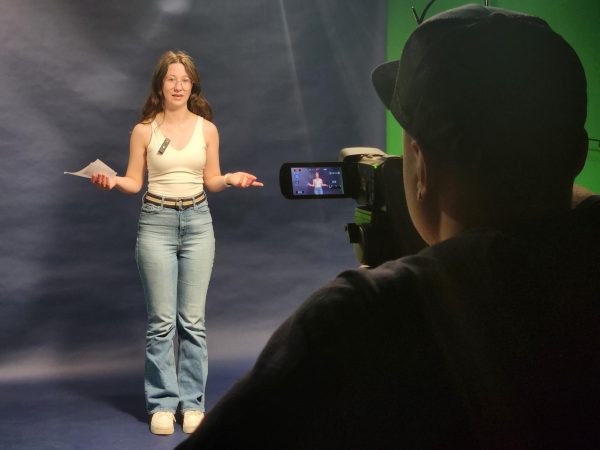New technology comes to Park University
Recently, PSGA has been expanding the technology offerings at Park University. The tech fee committee has brought the laptop kiosks, Ink cloud printers and a virtual reality lab to campus. So what’s next?
HoloLens.
Microsoft has introduced the first holographic computer that allows anyone that wears the glasses to engage and interact with holograms in the world around them.
These HoloLenses are expected to hit campus this fall, offering a new, unique learning experience.
“What we’re trying to do is incorporate it with more education,” said Gunner Backues-Eberspacher, a junior marketing major and PSGA secretary. “Essentially it provides a virtual world within the real world.”
Backues-Eberspacher explained that this will be especially beneficial for programs like nursing and interior design. It allows professors to make in-depth demonstrations that might be difficult to do on paper. Interior design majors would have the capability to interact with a room they have designed, and nursing majors could interact with a hologram of a skeleton or any other object.
This hands-on experience is what Backues-Eberspacher believes to be the most beneficial quality this new technology has to offer.
The tech fee committee’s role is to enhance the learning experience via technology. Money that is allocated to this group is typically spent on maintaining technology that Park has already acquired.
“When bringing new technology to campus, the committee is able to make decisions by utilizing surveys, focus groups and advice from the IT department,” according to Thomas Murphy, junior business management major and PSGA president.
“The thing is with the HoloLense as compared to some of the technology we’ve had before, is that we’ll be able to utilize it in more of a class setting,” said Murphy.
“For example, if you were in an art class and wanted to design a whole building, you’d be able to wear the glasses, have the teacher tell you information, and it be displayed in the air.”
New technology requires some practice and training especially when the HoloLenses come at a price tag of about $3,000 each.
“The tech fee (committee) will be in charge of reaching out to students and implementing different practice to be able to utilize it,” said Murphy. “Once we’ve gone through this process we will be able to make a decision on how students and faculty access and utilize the HoloLenses.”
The end goal of this project is to acquire enough HoloLenses for a whole classroom. Until then, two will become available to students in the fall.
Your donation will support the student journalists of Park University. Your contribution will allow us to cover our annual website hosting costs, freeing up other funds for equipment, printing and training.





